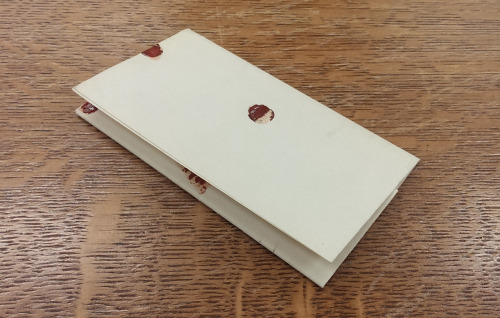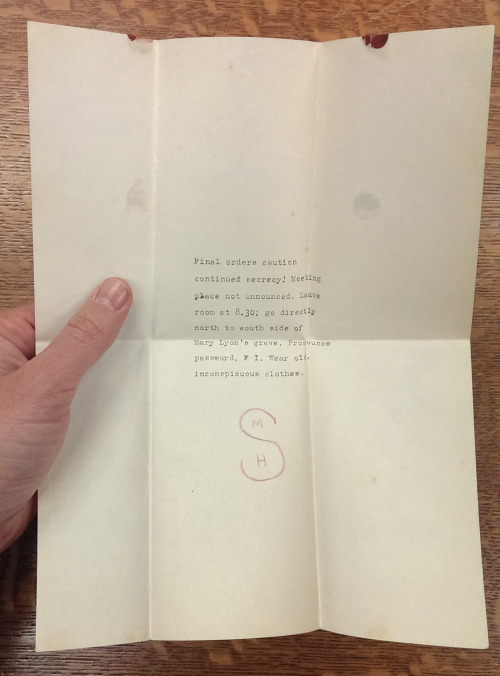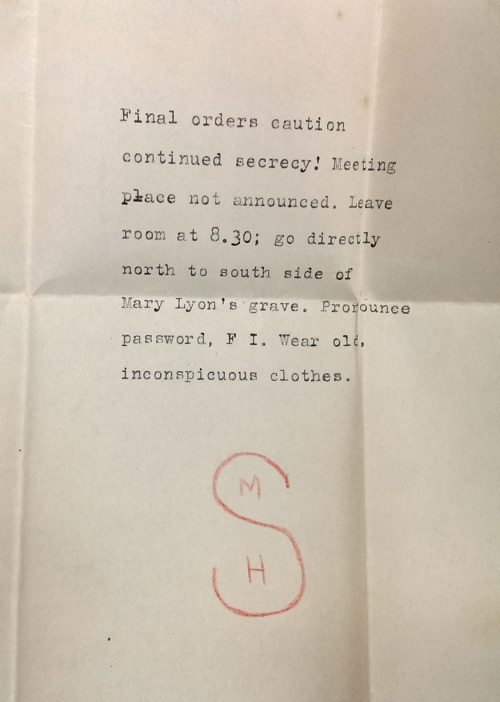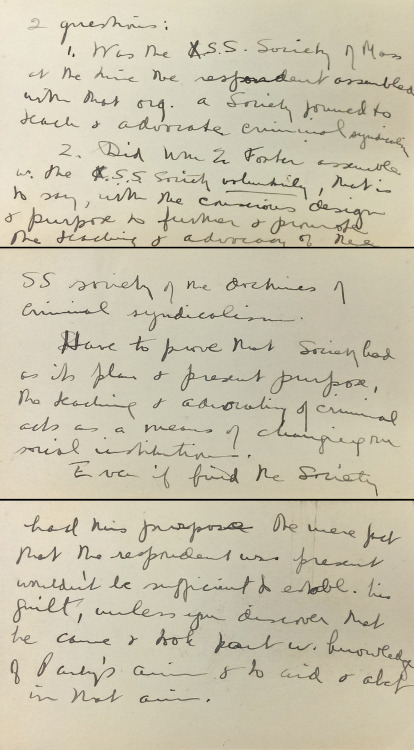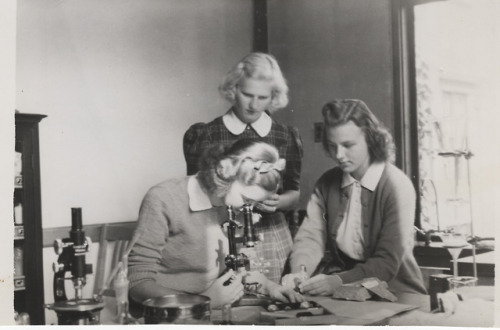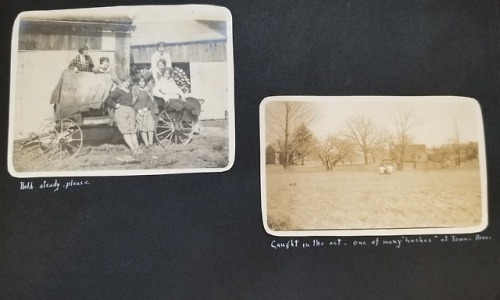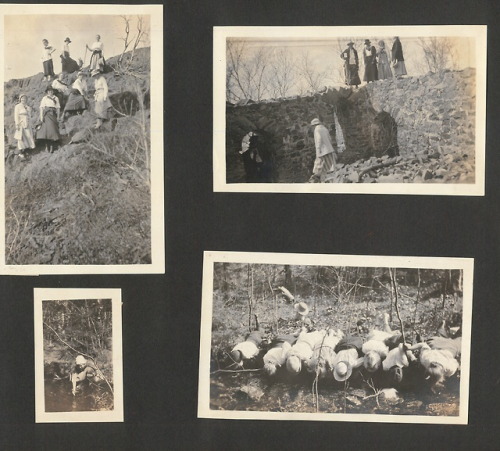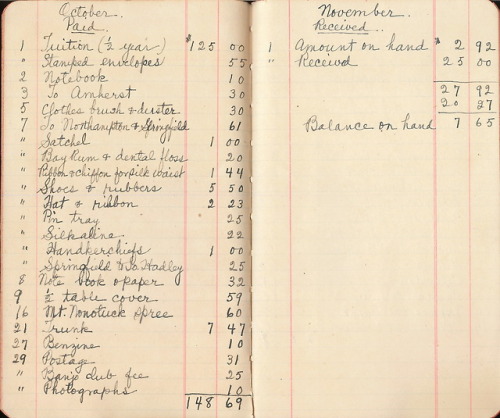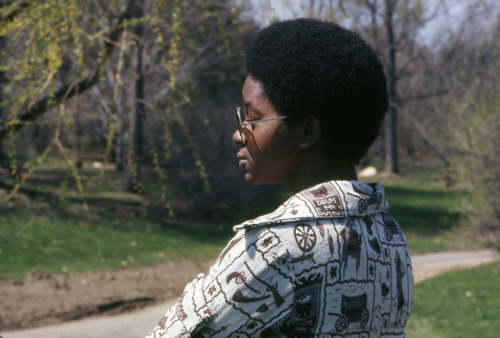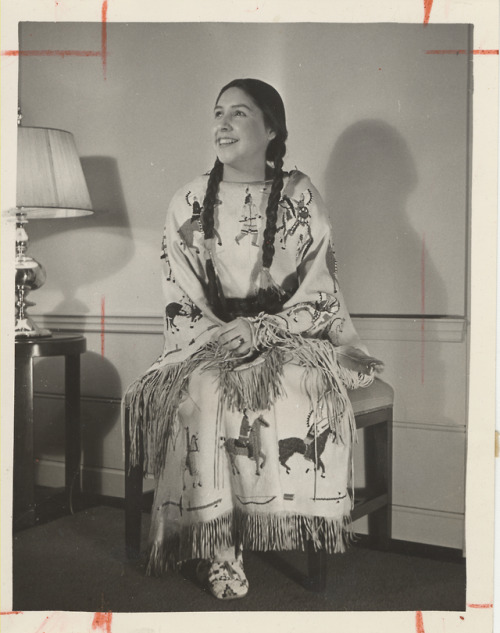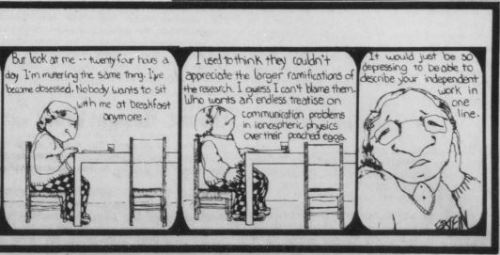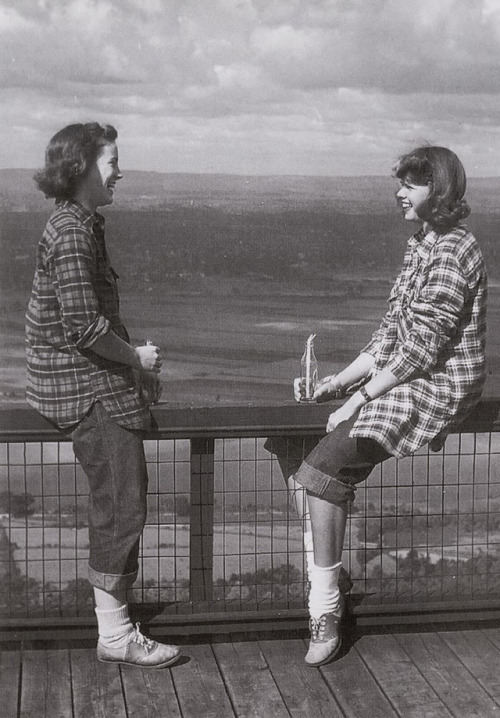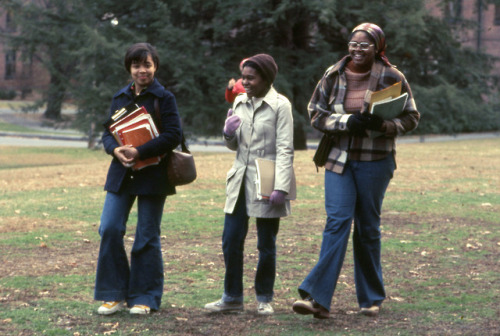#mount holyoke
by Maya Wegerif

I am a Black student at Mount Holyoke College, the first of the seven sister schools, which was started because no other American colleges accepted women. Mount Holyoke women are taught to be bold, to never fear change, and to speak up against injustice… unless you’re a student of color. 177 years later white male privilege still reigns supreme here. And it is actively reinforced by campus police.
I spent the early hours of Saturday morning at the South Hadley Police Department having been arrested at Mount Holyoke for “breach of peace.” This is how the story begins.
My boyfriend Sam came to visit me on a whim so I took my blankets and my things to an unoccupied room in the dorm where my friends and I often hang out. I have a roommate who I couldn’t kick out on such short notice so I set up the other room for Sam and I to hangout. On Friday night Sam and I were drinking in that room with some of our friends when suddenly two officers from campus police showed up.
A few of my friends simply disappeared. Sam was in the bathroom and so they only found me and one of my friends in the room. Without telling us what we had done wrong the officer demanded our student IDs which we gave to him and he told us that he was writing us a dean’s referral. I asked him what we were being referred for. He said that he had received a noise complaint, and from what he could see we were drinking and smoking weed. Firstly, there is a lot to be said about the Mount Holyoke “community” when students do not try to talk to their neighbours about noise but immediately resort to calling campus police. Campus police should not come and intervene if there hasn’t been any attempt by the students to come to a solution. Secondly, at the age of 21 drinking is perfectly within the law. As for the weed, the room did not smell like weed at all. I do not smoke weed and my friend and I were asking not be sent to the dean for something we had not done. My friend left soon after seeing that there was no use in talking to the officers, it seemed that their minds were already made up from the moment they walked in. I would have left too except that all my belongings were in the room.
When Sam came back from the bathroom the situation was still calm. One officer asked if we knew each other which I said we did. The officer shook Sam’s hand, introduced himself and apologized that they had to meet in these circumstances. When the officer realized that the room was not assigned to me he asked me to leave. I began to take my pillows and he told me to put them down. Everything was to stay there because he couldn’t confirm that I wasn’t stealing the property. I resigned then to just taking my phone and my laptop. But the officer would not let me take my laptop because he assumed that I was stealing it, they would have to take the laptop with them, he said.
There were very easy ways to check if the laptop was mine. I showed him the user name on the laptop and it obviously matched the name on my student ID, still this was not sufficient. And yet as a white man, although not even a student, Sam was allowed to take his bag and laptop out of the room without having to prove anything to anyone. When he takes stuff he is just taking his things, when I do, I am stealing.
He could have walked out with any number of things and never have been seen or heard of again. He could have even walked out with my laptop and that would have been fine. I am assumed guilty and not given a chance to prove myself innocent. Sam is assumed innocent and has no need to prove anything. The only only thing he needed, to prove that he wasn’t stealing, was to be white. Whereas they know that I am a Mount Holyoke student, they had my ID, they saw the username was mine and they know where I live.
They began to converse with him politely, discussing my situation with him like I wasn’t in the room, like Sam was the student here, like I was not the one being (wrongly) accused, or like Sam was my father and they were discussing with him the actions of his dependent. Or they were just fellow white men discussing the audacity of a Black person to not accept racist treatment.
Officer: “She just needs to calm down.”
Sam: “I hear you.”
Then Sam proceeded to come to me to tell me I needed to more cooperative. Cooperative to being accused of smoking weed and stealing? Cooperative to having my things confiscated while he keeps his? He again told me to relax and in a slightly higher voice I explained that he needed to stop telling me that. The officer called the dean on duty.
I was happy to have a dean come to the room. I knew that she would see how ridiculous the situation was. Besides, having a woman in the room would be helpful (it was becoming unclear whether it was my race or my gender that warranted this treatment.) I waited calmly, but Sam kept coming to me, telling me to calm down. I told him to leave me alone about six times in the presence of the officers. They said nothing.
When the dean got there she was the first person who tried to listen to my side of the story. I explained that I was not smoking weed and asked her if she could even smell any weed. “I am not trained to,” she said, because there wasn’t even the faintest trace of weed smell in that room. But if the story got to the dean of students she would say it was my word against campus police’s and she would shrug and say she has to go with campus police’s word. Maybe it would be useful if the deans on duty were equipped to verify the accusations they allow to be passed on us.
The officer interjected on my conversation with the dean to add that I was refusing to leave. I asked him in front of the dean, “Was I or was I not trying to leave when you told me to?” Three times he refused to answer my question. And I pleaded with the dean, to the point where I was in tears, to see how unjust the situation was. I was not refusing to leave I was refusing to leave without my things. I was getting very frustrated that nobody was hearing me.
Sam came up to me yet again, in front of the two officers and the dean, telling to calm down. They all saw me ask him for the seventh time to leave me alone. Even though they could see that it was upsetting me, they did not ask him to respect my wishes and my personal space. At some point I was saying, “Please, please leave me alone” in tears. They watched him continuously come into my face. And then I finally said: “You do not go here, you do not face the same consequences that I am facing right now.”
The whole time I was saying this both Sam and the cops were repeatedly speaking over me saying “Maya, Maya.” And “You need to calm down right now.” I said to Sam, “You can’t be serious. He can introduce himself to you, shake your hand. He had no such courtesy with me.” Again the whole time as I am speaking to him the officers and the dean are in the background repeatedly saying “Maya, Maya.” Sam said “No, you don’t understand.”
Me: “I can’t believe this. I actually cannot believe this.”
Sam: “Let it be done right now!” he says raising his voice. Nobody tells him to calm down.
Me: “Wow, I cannot believe this, I actually cannot believe this.”
All four of them” Maya, Maya”
Officer: “If you don’t calm down, I’m placing you under arrest do you understand that?”
I told him that it would not be the first time white people refused to see their own privilege. Then Sam came and put his hand on me.
I shouted, “Sam if you don’t leave me alone I swear!!”
Sam, in a soft condescending voice: “Maya, Maya you need to listen to me.”
Me: “Sam-“ He tries to grab my arm, I move it away. “Sam-” He grabs my arm. Shouting, “Sam you are aggravating me to a point that I don’t want to get to!”
Officer: “Turn around!” He turns me toward the wall. “Place your hands behind your back.”
I did not fight them off or resist at all.
Officer: “You’re under arrest, ok? Breach of peace…You know I really wish it did not come to this but we have no choice, Maya.”
While I was in handcuffs crying quietly the officer had a conversation with Sam and the dean.
Officer: “We are transporting her down to South Hadley PD. If she has $45 she can probably make bail.”
Sam: “I’ll see her out.”
Officer: “But right now she’s…she’s…she needs to calm down.”
Dean: “I agree.”
I have been quietly crying in the corner.
Officer: “If she doesn’t calm down we can’t bring her back.”
I was transported to the station in handcuffs, I was searched, had mug shots taken, and slept in a cell till the bail clerk arrived. I had refused to pay bail and was ready to spend the weekend in jail. But when the bail clerk heard their accusations he could not see the seriousness of my offense. He told them to drive me back to school and to bring me to court on Monday. Not once were my rights read to me.
I made a voice recording of everything that took place leading up to my arrest, which is how I can quote everyone verbatim. At some point while Sam was conversing with the officers, my laptop started playing “say something I’m giving up on you.” A hilarious moment fit for the big screen. But he did not say something. He failed to act. As loving and kind as Sam is, and as much as he considers himself an ally to people of color, on that day he stood firmly on the side of white oppression. His whiteness alone guaranteed him their attention, he could have asked them to afford me the same courtesy. On the recording it is clear that every single time I spoke, the dean, the officers and Sam were interrupting, interjecting and talking over me. The best thing he could have done would have been to point out to campus police that they were wrongly accusing me and that they were treating him, a complete stranger, better than they were treating a student. And when Sam saw that I was being arresting for finally reacting to his insistent provocation he needed to tell them that “She did tell me to leave her alone and I kept approaching her.” Because I did repeatedly ask him and at one point begged him to leave me alone, but they watched him and allowed him to ignore my wishes.
A Black man in the same context would have never been allowed to keep harassing me. And if he grabbed me, that would have constituted as assault and aggression. And certainly a Black man would have never been allowed to leave that room with a laptop without having to prove that it was his. I understand that Sam was not aware of the dynamics at play. But that is what makes white privilege so lethal. So-called allies of people of color, acknowledging your white privilege means realizing that you are not being treated respectfully because you are a better person, you are being treated differently because you are white.
Mount Holyoke campus police, your job is to protect Mount Holyoke students, even if they are Black. You not only wrongly accused me of smoking weed, you accused me of theft and then allowed a man to continuously harass me in front of you. Mount Holyoke campus police and the dean on duty watched a man put his hands on me, and then arrested me for shouting about it. It seems as a Black person your only option is to allow yourself to be mistreated. To be wrongly accused and harassed. A white man can go as far as grabbing your body. It is your crime to not allow him to.
*The names in the story have been changed.
This article was originally published at Double X Chromosome.
How’s your Monday going? We’re just hanging out!
Really though, we’re working on an exhibit on physical education at Mount Holyoke for the fall semester. Here are students using “stall bars” in the old gymnasium (now known as Blanchard). Check out those uniforms!
Gymnastics class :: Mount Holyoke Archives and Special Collections Digital Images :: circa 1911
Post link
In addition to documenting marks of ownership and marks of use in our rare books, here at the MSU Provenance Project we also catalog loose ephemera found in books—handwritten notes, pressed flowers, advertising cards, etc. Last week a long-forgotten box of such “laid-in material” was dumped on my desk, and it contained a number of fascinating pieces.
One of the items was a mysterious typewritten note inviting the recipient to a clandestine meeting near Mary Lyon’s grave on the campus of Mount Holyoke College, an all-women’s college in Massachusetts. Handwritten at the bottom was the monogram or logo of an organization identified only as MHS.
Folded up in the letter were five notecards, filled with manuscript notes in black ink. The cards make reference to student syndicalism (syndicalism was a revolutionary anti-capitalist philosophy that gained popularity in the early 20th century) and to William Z. Foster, an early 20th century radical labor organizer and chairman of the US Communist Party. A number of clues allow us to date the letter and the cards to 1923. Here are some excerpts from the handwritten notecards:
Criminal Student Syndicalist Act of Mass. Criminal Student Syndicalism = doctrine which advocates the emancipation of the undergraduate intellect from undigested dogma, from preconceived prejudice, and from convention, & which advocates the overthrow of everything that has been and is, and which advocates the installation of anything that might be…
Everything that has been is defined as meaning what ever has had existence, in the metaphysical sense, within the last 147 yrs. That being the period of our life as a great and free republic of perfect institutions. Anything that might be = the category of events which might conceivably at some future date or in some unearthly place be substituted for what now is…
William Z. Foster (alias Borden alias Hewes) is charged with violating the Criminal Student Syndicalist Act of the Commonwealth of Mass. On ground that he assembled with M.H.S. knowing that the party sought & advocated Stud. Syndicalism…
But what is MHS? Could it stand for Mount Holyoke Syndicalists? Was there such a group operating on the Mount Holyoke campus in the 1920s that might have had some connection to William Z. Foster? What is the connection between these notecards and this secretive typewritten invitation? The first half of the handwritten text comes across as sympathetic to the student syndicalist cause, while the last few cards sound antagonistic to Foster and the MHS. What went on at this clandestine meeting nearly 100 years ago?
Unfortunately, whoever pulled this material from its host book (likely 30+ years ago) failed to document what volume it came out of, so how Michigan State University came to possess these notecards is something of a mystery in and of itself. Put on your sleuthing caps and help us solve this fascinating historical puzzle!
~Andrew
Post link

Back in 2012, Georgia resident Roddy Jacobson, enrolled at Mount Holyoke, a prestigious all-women’s college in South Hadley, Massachusetts. While there, Jacobson, who was assigned female at birth, thought about transitioning to a male identity.
“I think I was dealing with interpersonal issues, and some of them were in relation to being at this ‘all-women’s environment’ and not feeling any connection to that identity beyond biological parts,” Jacobson says, later specifying the feelings as disillusionment. “My sophomore year I was approached by a few trans guys on campus and they invited me to some events. I got into the small trans circles on campus. I opened my mind up about my gender [identity] through that.”
Read more.
Mount Holyoke has long been the pioneer for women studying disciplines that were male-dominated. Geology was no exception. In a 1922 edition of the Alumnae Quarterly magazine, faculty member Mignon Talbot wrote an article arguing against the commonly-thought idea that women could not study geology and geography. In her article, Talbot explains how women would bring a beneficial contribution to the geological fields, and how Mary Lyon had always advocated for women to study science. Although Mount Holyoke did not itself have a formal geology department until the 1933-34 academic year, the Alumnae Quarterly article certainly helped create a case. Geology continues to be an important scientific study at Mount Holyoke up to the present day.
Virginia Starquist and Two Other Students Peers Through a microscope in the Geology Lab :: Mount Holyoke Archives and Special Collections Digital Images :: circa 1941
Post link
The namesake of Carr Laboratories, Emma P. Carr was a pioneer in her field and the first recipient of the prestigious Garvan Medal, which was created in 1937 to honor outstanding women chemists. However, even the best of professors may experience issues in teaching and as one 1932 student notes in her biography, Make It Beer, “evidently [Professor Carr] was a wonderful research person but she did not know how to communicate her knowledge.” Of the three hundred students in her lecture that year, the student explains, one hundred and fifty failed.
Emma Perry Carr :: Mount Holyoke Archives and Special Collections Digital Images :: circa 1935-1948
Post link
The Jeannette Marks Center (more commonly known as ‘the Marks House’) is a cultural space serving the needs of Mount Holyoke students ‘”identifying as sexual and gender minorities as well as their allies.” Established in 1999, the center, which was named after Jeannette Marks, a professor of English and partner to President Mary Woolley, was designed as a space for LGBT+ students to find support, resources, and community and continues to provide these services.
Jeannette Marks with a collie in front of a garden arbor :: Mount Holyoke Archives and Special Collections Digital Images :: circa 1930
Post link
More album fun! These are from the album of Helen Smith, class of 1925. These pictures are from a visit to Towne House, a nearby house that Seniors were able to use for overnights.
Album pages :: Mount Holyoke Archives and Special Collections :: circa 1924-1925
Post link
Who’s up for an adventure? We found these lovely snaps in the album of Dorothy Parker (class of 1917). Based on the views, this is likely a nearby mountain (maybe Mount Tom or Mount Holyoke!)
Album pages :: Mount Holyoke Archives and Special Collections :: circa 1913-1917
Post link
It’s nearing the end of the semester, and the warm weather is finally creeping up on us, along with finals. Here are some students in the 60s studying in the library with the windows open on a warm spring day.
Students studying near open windows in the main reading room of Williston Memorial Library, on a spring day :: Mount Holyoke Archives and Special Collections :: circa 1967
Post link
Today we found a record of expenses kept by Margaret Ball, Class of 1900. She kept track of what she spent and received each month, giving a picture of what costs looked like for college students at the time. Glad she really did use the dollar her aunt sent for handkerchiefs!
Margaret Ball (1900) Cash Account Book :: Mount Holyoke Archives and Special Collections :: circa 1896-1898
Post link
As the weather (oh so slowly) gets warmer, dog spottings on campus are getting more frequent! Pictured here is Mary Woolley (seated center) with her family and one of their dogs. Woolley is a well known dog-lover in the college’s history, who served as President of the college from 1900-1937.
Mary Woolley, seated with family members and a dog :: Mount Holyoke Archives and Special Collections :: circa 1890-1985
Post link
A research request today brought us back to a very interesting alumna–Elizabeth “Connie” Converse. Converse entered Mount Holyoke as part of the class of 1946. She studied French and Philosophy. However, in 1946 she decided to leave the college and move to New York City.
There, she began writing folk songs while working as a printer’s assistant. Noted as one of the earliest singer-songwriters, Converse wrote with a style and subject matter seemingly ahead of her time. Her songs are often sad or funny, telling the stories of misfits like a “roving woman” who didn’t mind having different men take her home. Many described her as different from any other person, with a certain air of sadness about her.
Though she met other artists and recorded much of her music, she never decided to hire an agent. In the 60s she left New York to move to Ann Arbor, Michigan, working with the University of Michigan’s journal on conflict resolution. There she also participated in political activism. Her music became more of a casual activity she did with friends.
In 1974, however, something changed. Connie decided to pack up her belongings and leave. She left poetic letters for her family and friends, telling them that she was leaving and was unsure if she would see them again. There is no record or knowledge of her whereabouts since then.
More recently, her music was brought back to the public eye by a New York friend who had recorded her music in the 40s and 50s. Her music can now be found on online streaming services like Spotify and Bandcamp, as part of Squirrel Thing Records, a company named for a line in one of her songs.
This image is from The New Yorker, from the estate of Elizabeth Converse.
Post link
Can you believe it’s Spring? With snow on the way, we’re not quite sure… but we’re looking forward to warmer days ahead like this one, when students were preparing a set for May Day celebrations, which included a pageant.
May Day 1921 :: Mount Holyoke Archives and Special Collections :: 1921
Post link
April showers lead to May flowers and some stunning spring photography!
Student Outdoors in the Spring :: Mount Holyoke Archives and Special Collections Digital Images :: circa 1972
Post link
A cum laude graduate of Mount Holyoke College, student Evelyn Yellow Robe is pictured here in the “traditional clothing” associated with her Dakota Sioux heritage. The daughter of a Sioux chief, Evelyn remained deeply committed to her culture throughout her time at college and into her adulthood, where she worked to promote appropriate Native American representation in film through service on the board of the National Film Committee sponsored by the Association on American Indian Affairs. She also served as a professor of speech pathology at both Mount Holyoke College in the Spring of 1942/43 and Vassar College beginning in 1944.
Evelyn M. Yellow Robe in Traditional Clothing, May 1941 :: Mount Holyoke Archives and Special Collections Digital Images :: circa 1941
Post link
In 1979 some of the Five College Jewish Community sought to honor the beginning of Hanukkah/Chanukah through a special edition of their paper, Chai Times. This newspaper included an article titled ‘Chanukah: the untold story’ as well as the advertisement seen above, which offered Menorah delivery for all members of the Jewish community. As noted within the advertisement, this was the only way to purchase a Menorah in the Pioneer Valley at that time.
The Five College Jewish Newspaper operated under several different names between 1975 and 1988, inducing Nu?, Chai Times, andShofarand printed “a breath of stories on such issues as international politics, Five College affairs, religion, Israel, the arts, the relationship between Jews and other peoples, between Judaism and other religions.”
Happy Hanukkah!
Chai Times, Volume 1, Number 3, December 13, 1979 :: Mount Holyoke Archives and Special Collections Digital Images :: circa 1979
Post link
Just because Halloween’s over doesn’t mean you can’t enjoy the pictures and bargain bin candy. Hope you like these shots, courtesy of the class of 1957.
Members of the Class of 1957 in a Halloween performance :: Mount Holyoke Archives and Special Collections Digital Images :: circa 1953-57
Three members of the Class of 1957 dancing in a Halloween performance :: Mount Holyoke Archives and Special Collections Digital Images :: circa 1953-57
Post link
Hope everyone enjoyed the LEAP Symposium today!
Ruth Spencer ‘39 shown in a leap during an outdoor modern dance performance :: Mount Holyoke Archives and Special Collections Digital Images :: circa 1936
Post link
From 1973 to her graduation in 1976, Mount Holyoke Beth Epstein ran the comic section of the Choragos newspaper. Her strip, which features the adventures of Whizzer Buschbumper and her pals as they attempted to navigate the ridiculous twists and turns of college life, was so enormously popular that Epstein independently published her work in a 1976 collection The Best of Buschbumper. The book was sold primarily at the local Odyssey Bookstore.
In this April 17 strip, Whizzer’s pal Patsy laments that her constant talk of independent research has driven all her friends away, a common mood among seniors, especially!
Choragos, Volume 8, Number 21, April 17, 1975 :: Mount Holyoke Archives and Special Collections Digital Images :: circa 19476
Post link
Returning from Fall Break, every Mount Holyoke students’ mind seems possessed by one question only: When is Mountain Day? The countdown continues.
[Mount Holyoke College], View from Mount Holyoke [Mountain Day] :: Mount Holyoke Archives and Special Collections Digital Images :: circa 1940s
Post link
Wishing everyone a stylish and fun fall break!
Three Students with Books Walking Across Campus in the Fall :: Mount Holyoke Archives and Special Collections Digital Images :: circa 1973
Post link



